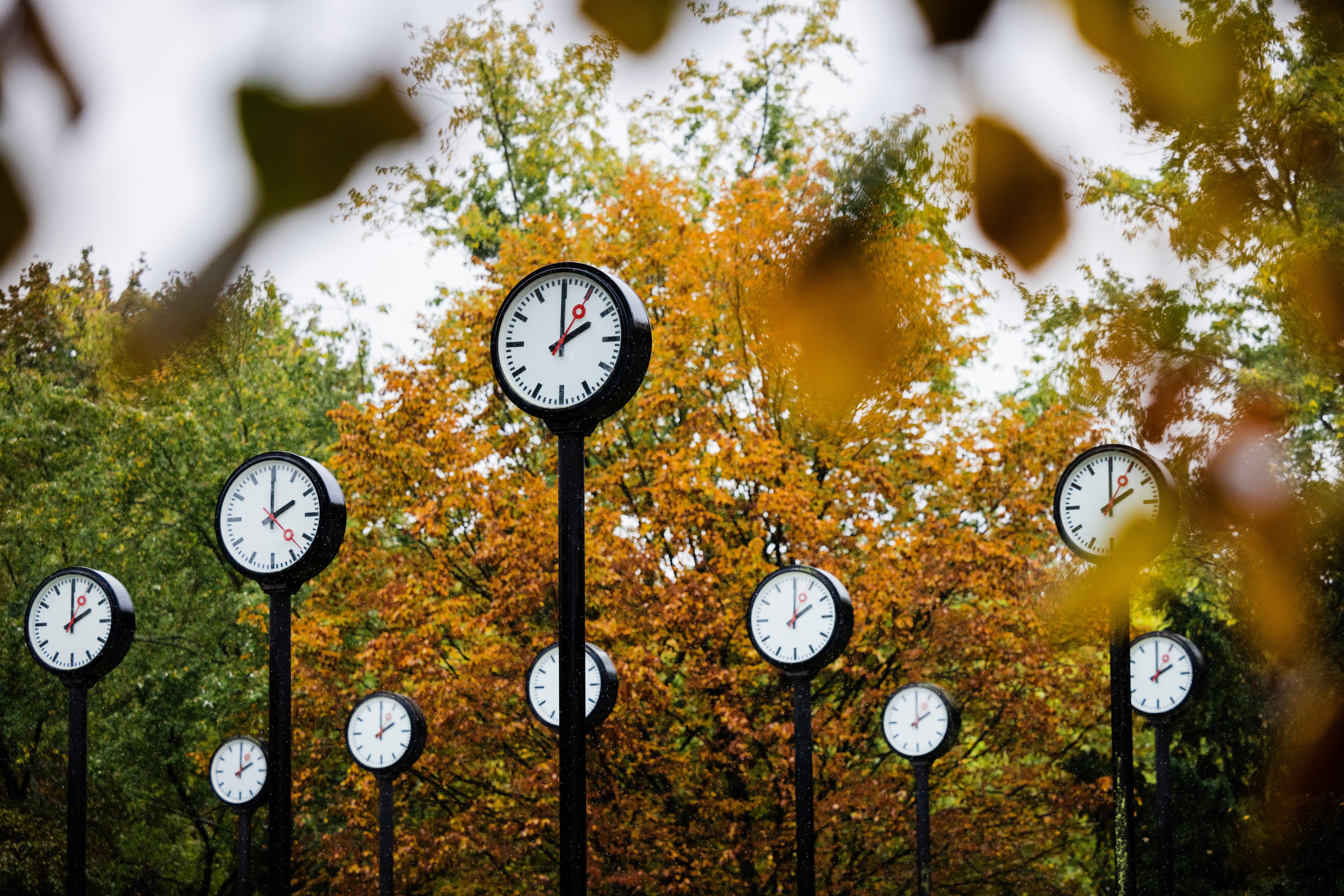
Spain has been changing the time in winter and summer for fifty consecutive years. In 1974, during the oil crisis unleashed by the Yom Kippur War, the change guaranteed energy savings. The more hours of daylight awake, the lower energy consumption. The United States and some European countries also applied it. In 2001 a European directive came into force 1980 in which the date on which member countries had to make these changes was decided: the last Sunday of October for winter time, the last of March for summer time. Savings or not, the history of the hour continues to confront defenders and detractors. Given the possibility of abandoning the alternation after 2026, when the BOE set the last changethe option best valued by sleep experts is to keep the winter model, that is, the GMT+1 time zone. However, the one that corresponds to Spain, with the exception of the Canary Islands, is GMT 0. But this was not always the case.
In 1876, an Irishman named Sandford Fleming missed the train that would take him from one coast of Ireland to the other. The problem was that his ticket said 5 o’clock pm and the correct time was five in the morning. Fleming then devised the 24-hour system we know today. In addition, it added a significant modification: each city would no longer set its own time based on the sun, but according to the time zone that corresponded to it. This system would not be universally recognized until 1884.when the International Meridian Conference was organized. There it was decided that the zero point should be drawn on the Greenwich Observatory in London.
For this reason, choosing one time or another changes substantially in a country with a geography like Spain. “The extension of countries is a problem and shows that the time change has a social utility,” explains José María Martín Olalla, professor of physics at the University of Seville. “The schedule is not perceived in the same way in the Balearic Islands as in Galicia,” he argues. For Olalla, the change of time is nothing other than the adaptation of modern societies to the oscillation of light.
Following his example, if we compare the extreme east of Spain (Palma de Mallorca) with the center (Madrid) and the extreme west (Santiago de Compostela), this is how the hours at which sunrise and sunset vary in the different areas, in the 12 months of the year, according to the schedule chosen:
Winter and summer schedules have three fundamental moments, two theoretical and one practical. The essays of the American politician Benjamin Franklin and the English philosopher William Willett in 1784 and 1907, respectively, and the First World War. Franklin put forward, in a Parisian newspaper, a strictly economic argument in which he was horrified by the unnecessary spending that Parisians made on candles and tallow. “An immense expense that the city of Paris could save every year if it used sunlight,” snapped the American. Willett’s text has another focus: “By the time he reaches the age of 28, a man will have gained an entire year of daylight,” he wrote, concerned about the waste of daylight in his native England.
But it has always been wars that marked the course of history (at least as far as time is concerned). On April 30, 1916, in order to save coalKaiser Wilhelm II of Germany moved the clocks forward one hour. Dozens of countries joined the measure, including Spain. When the war ended, except for the British, all the States abandoned this regime. Until World War II, when Hitler moved the needle again and with him Vichy France and Mussolini’s Italy. Franco also did it in Spaina decision that has moved the Peninsula and the islands to a time zone that does not correspond to them.
What is clear for Olalla is that changing the time “is not an idea, it is in accordance with human physiology.” The reason given by the authorities for doing so is very different. The debate about whether it is better to keep or leave the alternation, however, still divides waters. Willett, in his essay, had suggested that the change not be so drastic. Instead of setting the clocks forward or back one hour, the English philosopher suggested doing it 20 minutes at a time for four consecutive Sundays. For the professor at the University of Seville that makes sense on a personal level. In fact, he says, it would be ideal. “But doing it on a social scale would be a nuisance,” he concludes.

